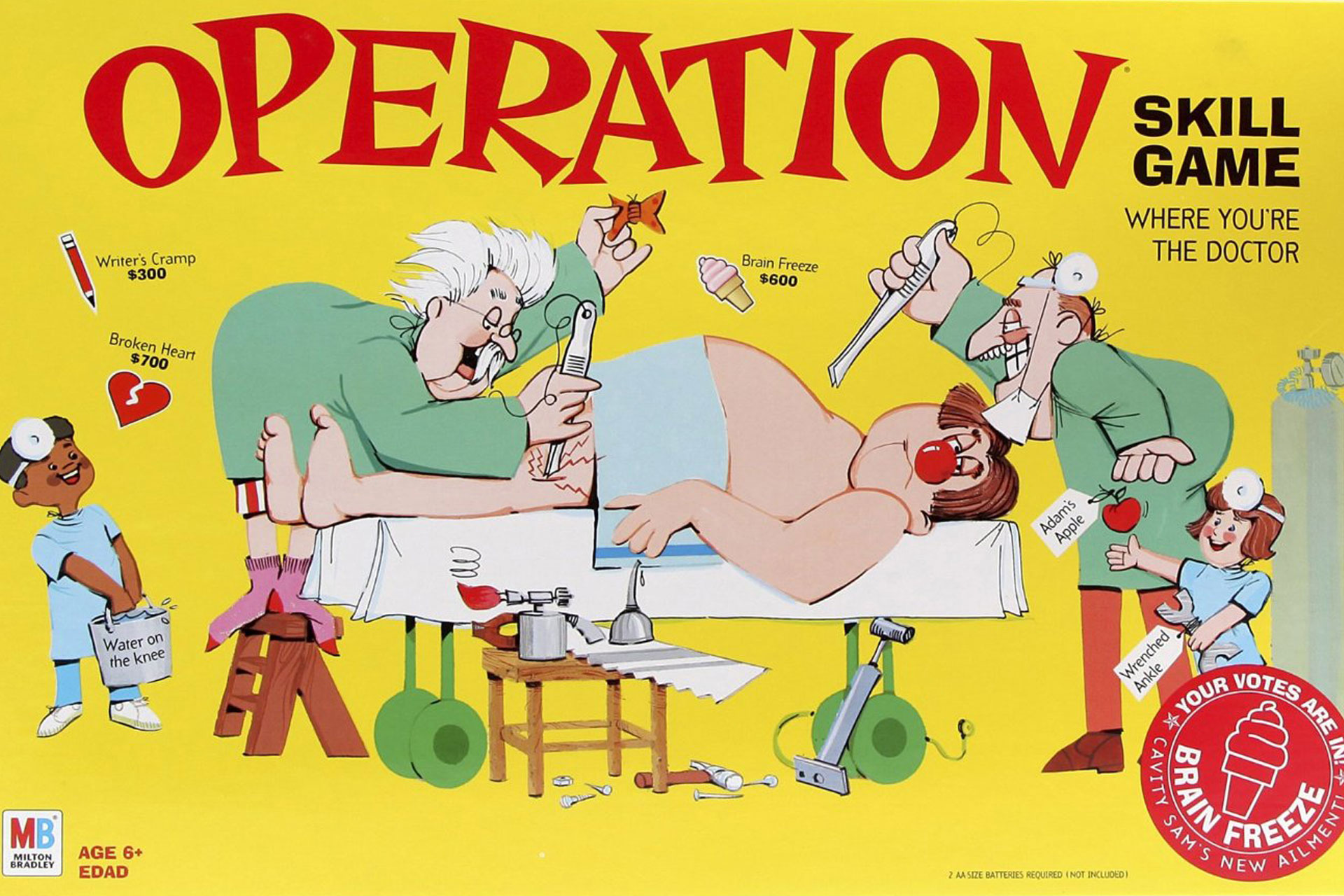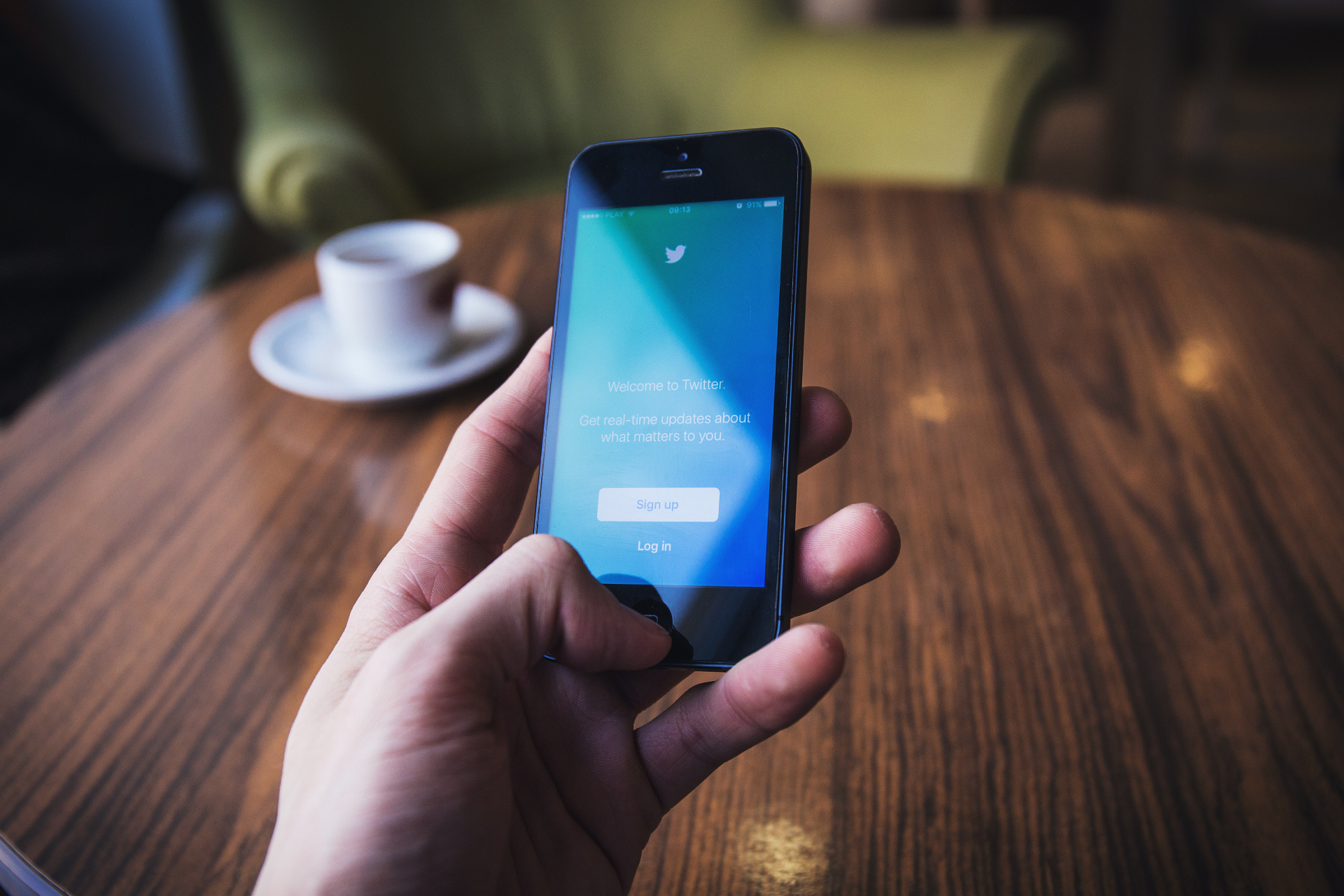UX on the Move: How Can I Optimize UX across platforms?
5 min read
From the moment you wake up to the minute you plug in your phone for the night, you’re surrounded by technology. It’s in your pocket, on your desktop, in your car, and maybe even on your wrist. It’s everywhere, and it’s so integrated into your life that you’re almost blind to how connected you are. Think about it: you’re most mindful of the technology you’re using when it lets you down. It’s when your call drops, your car won’t start, or an important email fails to send that you become keenly aware of its presence. It’s no different for your users. A well-designed user experience is transparent. It does exactly what your users want, when they want, and it’s so intuitive that they feel like it’s a part of them. But as you probably know, a great user experience doesn’t just happen. Getting there takes time.
What your users don’t know is that, behind the scenes, a team of researchers, strategists, designers, and developers are working tirelessly to understand their habits, goals, and motivations. We think through a day in the life of our users and put ourselves in their shoes. We contemplate how they hop from smartphone to laptop in the office, and then migrate to their tablet while watching TV in the evening. Once we understand our users, the entire product team—stakeholders, UX experts, product engineers, developers—works toward the common goal of creating a product experience they not only find useful and easy to use, but something they want to use.
Now, let’s talk about creating your product. As you build, it’s critical to recognize that your users are living in a technology-filled, multi-screen world. It’s impossible to ignore the impact that smartphones and tablets have had on customers’ behaviors and expectations. Apple and Google invest considerable time and energy in design and are setting the standard that consumers expect from other products. Are you prepared for this customer-focused, multi-screen world?
You have to please many screens:
The average American looks at their phone 46 times a day. Mobile use has exploded and even overtaken desktop usage. With numbers like that, it’s clear that your product strategy needs to include small screens. Does your web experience hold up across screen sizes (is it responsive or adaptive)? Do you have a presence in the app store?
Did you know that Google has started factoring in your site’s mobile friendliness and performance when determining page rank? That means if you neglect the small screen experience, your website may get buried deep into search results.
You have to strive for consistency:
Your product should feel the same across platforms. The last thing you want is for your users to feel disoriented or have to relearn what to do as they move from laptop to phone. Chances are, the products you love to use have already considered this.
Today, Spotify is a great example of cross-platform design consistency, and it’s no accident. Prior to 2014, the app felt very different on a phone than it did on the computer. The product team recognized that as a problem, and made the [smart] decision to true up the app across platforms.
“We really wanted Spotify to feel very familiar — so if you go to Spotify on your phone, or Spotify on your computer, it would feel the same. We thought that right now that’s not the case, so we wanted to do a big design change and basically make that work.” - Michelle Kadir, Director of Product at Spotify
Leverage the strengths of each platform:
Consistency is important, but don’t forget that each platform has unique abilities that can elevate an experience from good to great. You should do your best to leverage those capabilities when it makes sense. For example, a smartphone could utilize geolocation capabilities so users wouldn’t have to type in their location information. Some retailers have created apps that allow their customers to scan product barcodes with their cameras to check prices. Smartphones are loaded with sensors that can be used for all kinds of amazing things. Tapping into these device-specific capabilities is a huge opportunity, as long as it helps the users meet their goals. Know your users—and your product— and be strategic. Some products may not lend themselves to having an Apple Watch app or a TV app. Don’t sacrifice value just to be trendy.
It’s really one experience:
Don’t forget that in most cases, your customer’s journey will take them from one device to another. Their experience is the sum of your entire ecosystem. It’s essential to think of all these different screens and platforms as part of your single product and consider how they can all work together. Take Netflix, for example: to create seamless viewing, you can easily pause an episode and pick up right where you left off between devices and rooms. Another great example of this can be seen with Apple’s “Handoff” feature. It allows you to switch devices right in the middle of a task. So if you start typing an email on your iPhone, you can switch devices and resume typing the email on your computer.
A mobile app can make a great utility that enhances a platform or adds value to an existing product. You can ensure a positive UX by bringing all devices together into a unified, seamless experience.
The users always come first:
Last, but certainly not least, you must make every design decision—on every platform— with your user in mind. It’s imperative to understand your user’s frame of mind and environment while using each device. This means considering things like ergonomics (viewing distance, how they hold the device, reach and handedness, touch target size), emotions (what they are thinking and feeling), and environmental conditions (sunlight readability, weather, dust, network connectivity, noise, and other distractions). Understanding your users will go a long way to ensure your success.
Are you wrestling with how to move forward in the mobile space? We love helping clients come up with multi-screen product strategies.






